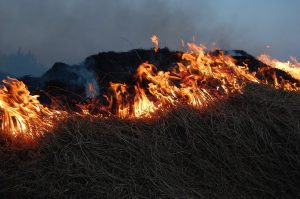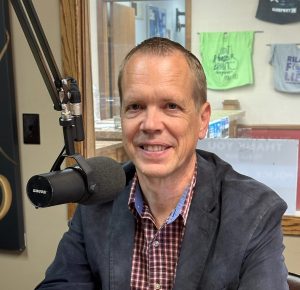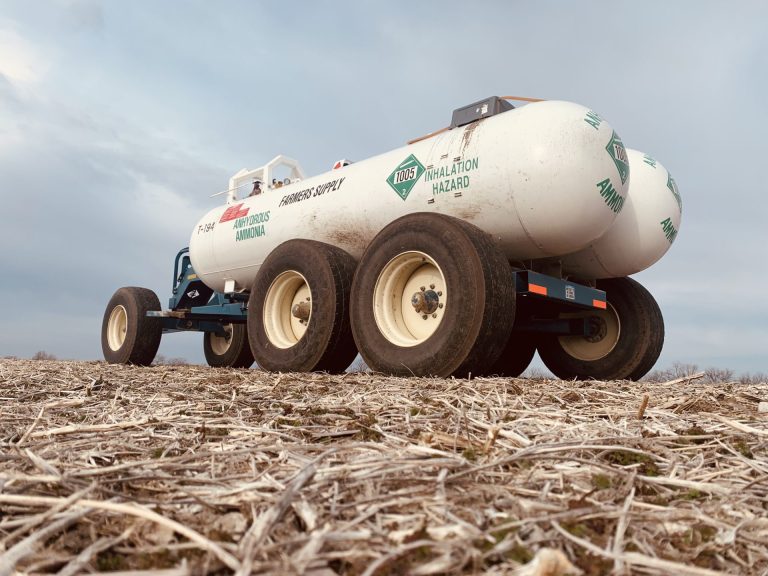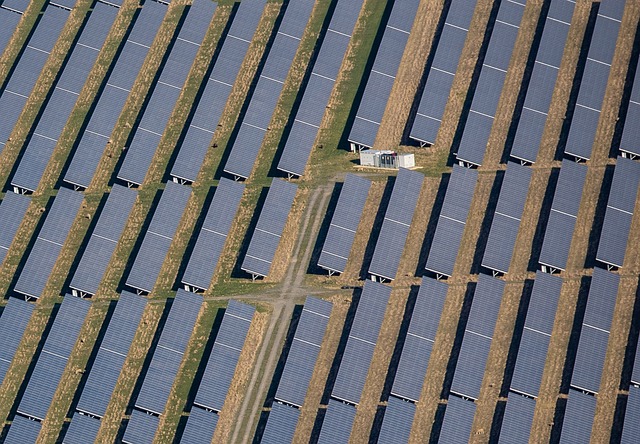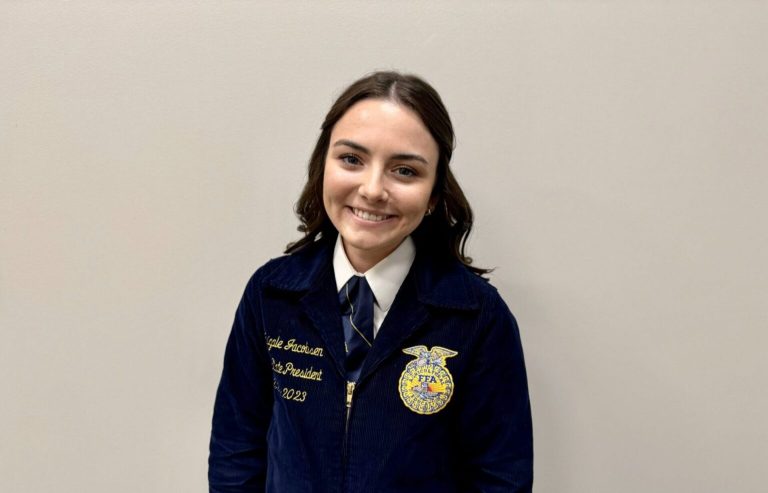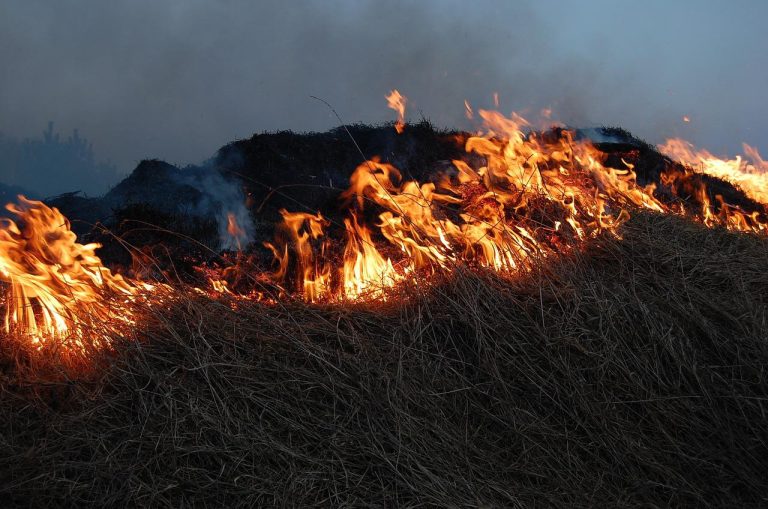IARN — The U.S. Department of Agriculture’s Farm Service Agency recently announced changes for emergency haying and grazing use of acres enrolled in the Conservation Reserve Program (CRP). This includes changes outlined in the 2018 Farm Bill that streamlines the authorization process for farmers and ranchers.
Previously, emergency haying and grazing requests originated with FSA at the county level and required state and national level approval. Approval will now be based on drought severity as determined by the U.S. Drought Monitor – according to Amanda De Jong, state executive director of the Farm Service Agency in Iowa.
“Our primary nesting season ended on August 1st,” De Jong said. “As of that date, we now have 28 counties that are either in D2 or D3 drought in Iowa or have been. So, we’ve been able to open up emergency haying and grazing for all of those counties. The most important thing, however, is producers do need to come in or call into the FSA office to handle things right now. We do need to get a modified conservation plan put in place with NRCS before that haying and grazing can begin.”
To date, the following 28 counties in Iowa have triggered eligibility for emergency haying and grazing on CRP acres: Adair, Audubon, Boone, Buena Vista, Calhoun, Carroll, Cass, Cherokee, Crawford, Dallas, Greene, Guthrie, Hamilton, Harrison, Ida, Madison, Monona, O’Brien, Plymouth, Pocahontas, Polk, Pottawattamie, Sac, Shelby, Sioux, Story, Webster, and Woodbury.
De Jong notes that producers who don’t meet the drought monitor qualifications but have a 40 percent loss of forage production may also be eligible for emergency haying and grazing outside of the primary nesting season.
“They are limited to one hay cutting,” De Jong said. “They are not permitted to sell any of the hay. It’s for their own use, whether that might be their CRP acreage for their own livestock, or they can grant other producers’ use of their CRP acreage. They just cannot charge for it.”
Counties that trigger for Livestock Forage Disaster Program (LFP) payments based on the U.S. Drought Monitor may hay only certain practices on less than 50 percent of eligible contract areas. Producers should contact their local county FSA office for eligible CRP practices.

